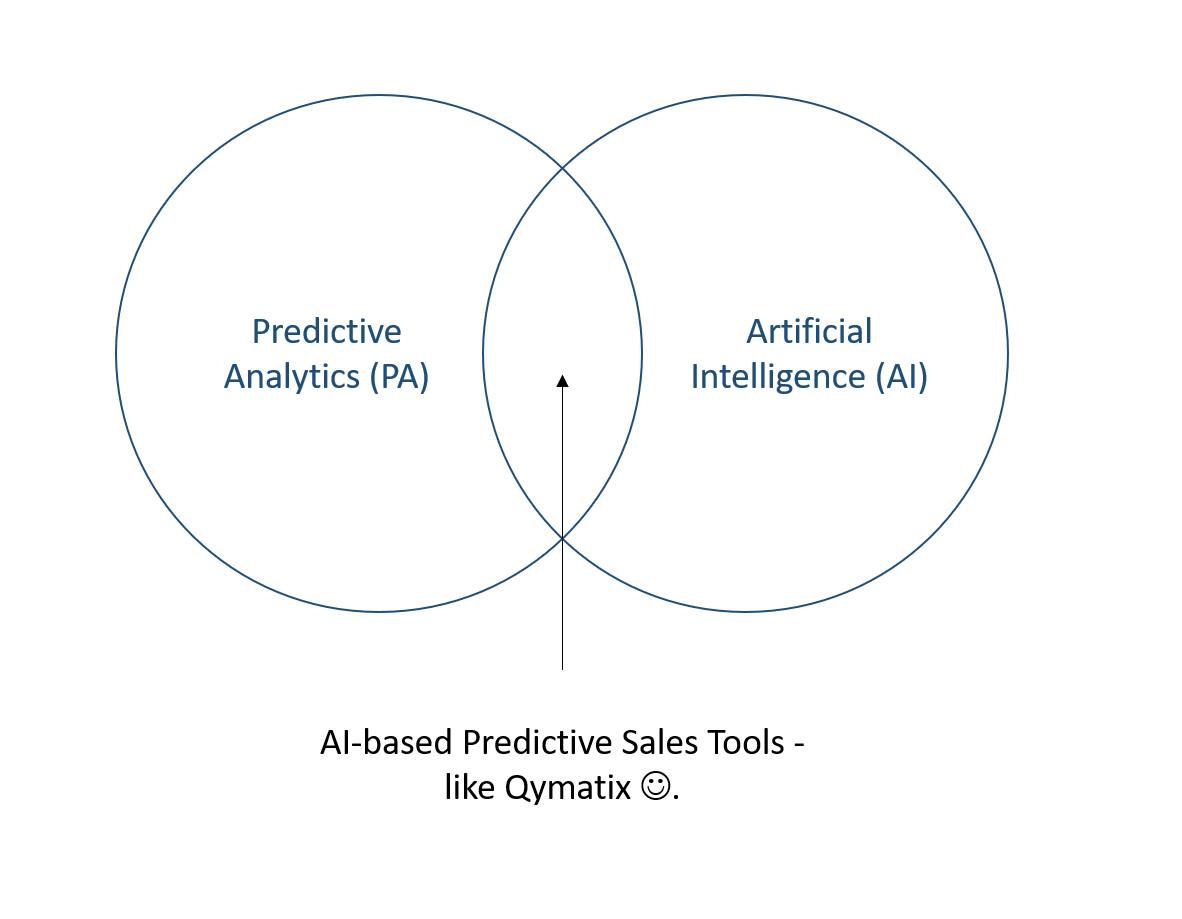Predictive Analytics: Questions and Answers

Please enter your Email address
This article answers the most asked questions about predictive analytics (PA), according to Google. Predictive analytics is a technology that allows you to look into the future.
Especially in the last two to three years, we have noticed a significant increase in interest in predictive analytics technologies, their possibilities, and their functionalities.
In 2015, we tried to find out what was frequently searched in the area ofpredictive analytics. Other than the question “What is predictive analytics?” no beneficial results came up.
Today is different. We found Google users’ questions about the keyword “predictive analytics” nicely visualized using the “Answer the Public” tool. Have you asked yourself any of these questions?
Now you can find out the answers to the five most frequently asked questions “in a Nutshell”!
1. “What can Predictive Analytics do?” Or “What is the purpose of PA?”
The purpose and goal of predictive analytics is to predict future events as accurately as possible.
That’s what predictive analytics “does.”
Why do we need predictions? As consumers, we use the results of such methods almost every day – and without giving it much thought. Think about the last time you checked tomorrow ’s weather? Or when was the last time you were on Amazon and looked at the suggestions under “What else might interest you”?
Companies have also used predictive analytics techniques to make data-driven business decisions.
It started in the insurance industry. Predictions about the risks of insureds were calculated based on various characteristics.
In the same way, B2B companies can make their sales force more efficient by helping them make predictions about customer behaviour.
2. “How does Predictive Analytics work?”
Using statistics, computer science and data.
Statistical models analyze past data to find patterns. In this way, they calculate probabilities for future events. Usually, experts use machine learning methods (a subfield of artificial intelligence and computer science) for this purpose.
It is also essential to know that predictive analytics is an entire field of study that encompasses various mathematical and statistical methods for making predictions. So there is no “one” predictive analytics method.
What kind of data does predictive analytics need? Historical data close to the prediction target. Meaning, you want to predict future sales? Then you need data on past sales. You want tomorrow’s weather? Then you need weather data and development of the past years. You can apply this principle to many areas.
3. “Is Predictive Analytics the same as forecasting?”
As already written in the first question, predictions – or rather – “precise” predictions are the goal of predictive analytics. Therefore, predictive analytics is a method of making predictions.
For example, if my grandpa says there will be a weather change tomorrow because he “feels it in his bones,” that’s a prediction – but it is not Predictive Analytics.
4. “Is Predictive Analytics Artificial Intelligence” or “Is Predictive Analytics Machine Learning?”
We’ll answer these two questions together because we’re talking about term classifications here.
Predictive analytics is not the same as artificial intelligence or machine learning.
First, machine learning is a subfield of artificial intelligence. So, these two terms need to be distinguished as well. More detailed explanations of AI terms can also be found in this glossary.
What does artificial intelligence have to do with predictive analytics?
They are both separate fields of expertise, but they have an essential overlap: Machine learning methods can be used to make highly accurate predictions. The reason for this is that the algorithms can process enormously large amounts of data and do so in a short time. Artificial intelligence and predictive analytics, therefore, complement each other.
In the image, the connection is once again visually represented.

5. “Is Predictive Analytics always software?”
One could just as well ask, “is calculating always a calculator?”. No, you can also calculate in your head – some faster, others slower. But it’s usually more manageable with a calculator.
That´s the same with predictive analytics and software. There are several ways to implement predictive analytics. You can even calculate simple models with a calculator, pencil and paper. That’s how some statistics exams require it from students.
Of course, this is not an option for companies that want to be reasonably efficient. Let’s say a company wants to use predictive analytics to create sales forecasts from its sales data (also called “predictive sales analytics”).
There are several ways to do this: homegrown Excel analytics, self-service business intelligence solutions, or specialized predictive sales software “off the shelf”.
CALCULATE NOW THE ROI OF QYMATIX PREDICTIVE SALES SOFTWARE
The 5 most frequently asked questions about predictive analytics – Conclusion
These were our answers to the five most frequently asked questions about predictive analytics.
We think it is not a matter, of course, to know all the names and terms from the fields of AI, machine learning and predictive analytics.
For this reason, our goal is to provide a bit of clarity with simple explanations.
Because we believe something else: none of us can get past this technology. And this is already today. A basic understanding of it, therefore, can’t hurt!
Were the answers understandable and helpful for you?
I WANT PREDICTIVE ANALYTICS FOR B2B SALES.
Further Read: